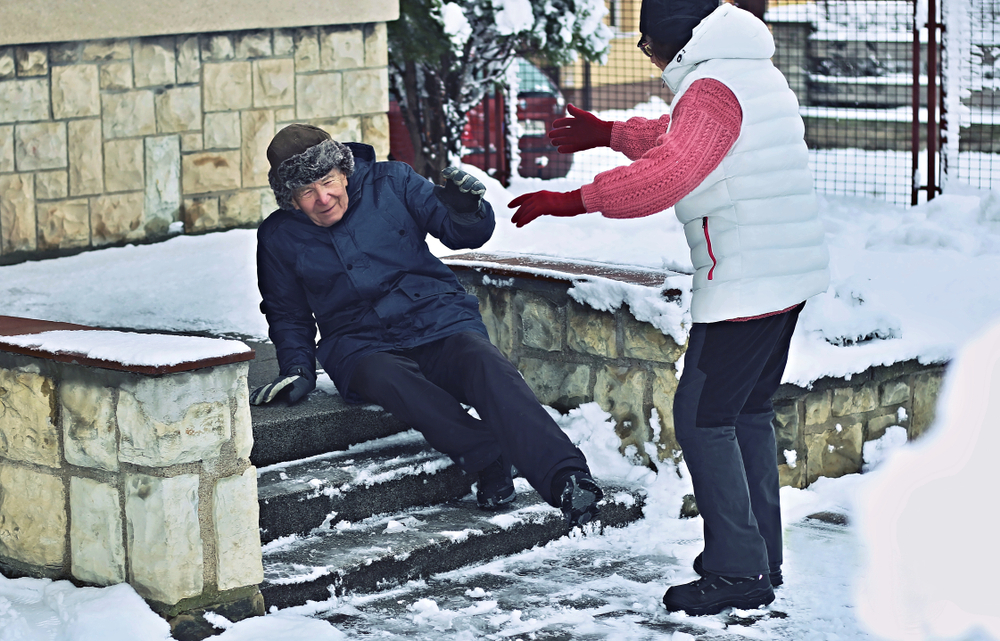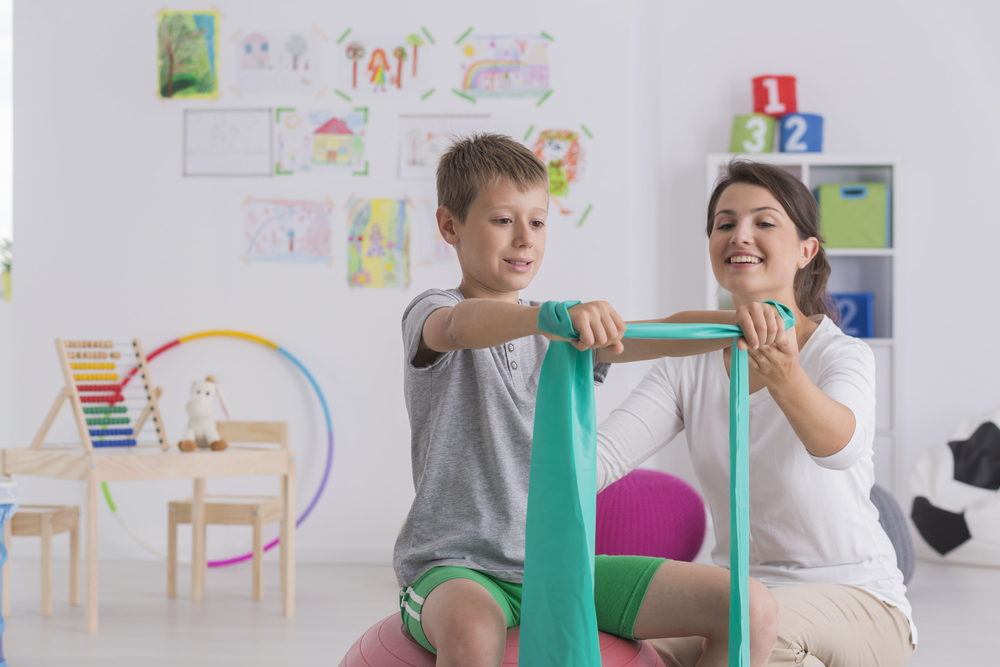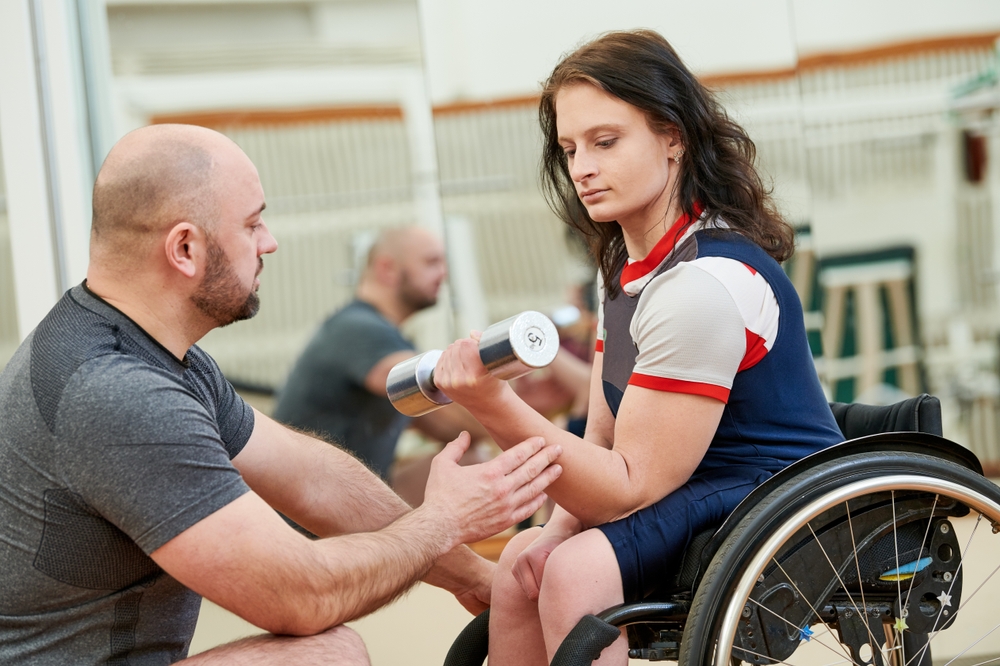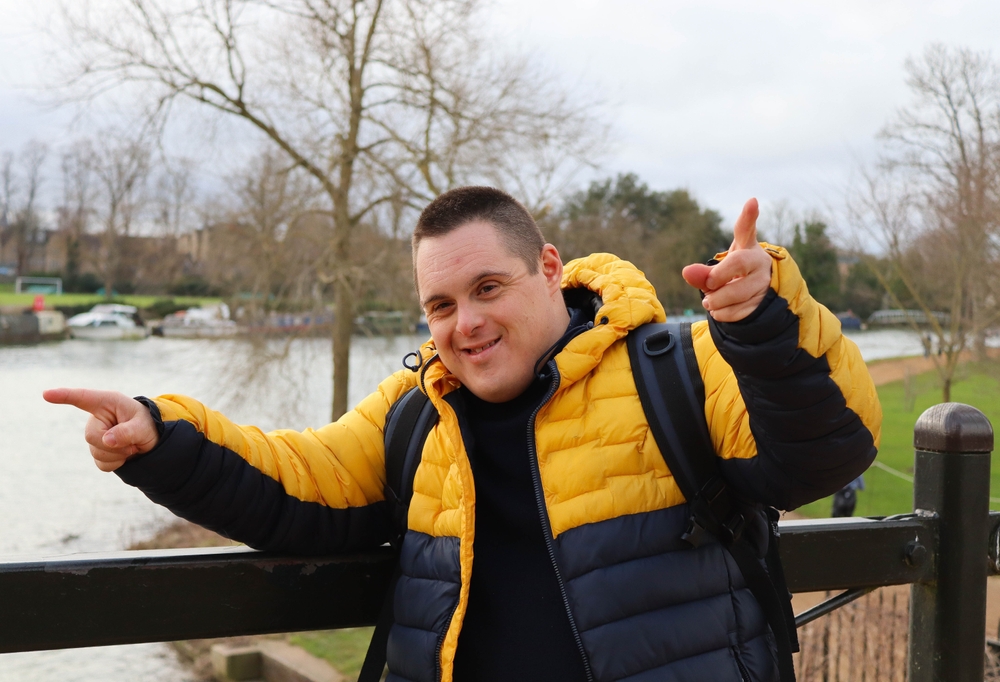Make an Appointment
Spina bifida is a neural tube defect occurring when the embryonic vertebral arches fail to fuse completely, leaving the spinal cord and meninges exposed or protruding betterhealth.vic.gov.au. It ranges from mild (spina bifida occulta) to severe (myelomeningocele), where the spinal cord herniates into a sac. Common sequelae include:
- Motor Impairments: Lower-limb weakness or paralysis affecting gait and transfers
- Sensory Loss: Reduced or absent sensation below the lesion, increasing skin-break risk
- Orthopaedic Deformities: Hip subluxation, clubfoot, scoliosis
- Neurogenic Bowel & Bladder: Incontinence requiring urological management
- Hydrocephalus: Present in up to 80% of myelomeningocele cases, managed by shunt insertion betterhealth.vic.gov.au.
Early surgical closure of the defect and shunt placement for hydrocephalus set the stage, but lifelong multidisciplinary care, particularly physiotherapy, is essential to maximise independence, prevent complications and enhance quality of life.
Here, we’re going deeper into what spina bifida is, its causes and symptoms, as well as how spina bifida physiotherapy management can help in its treatment.
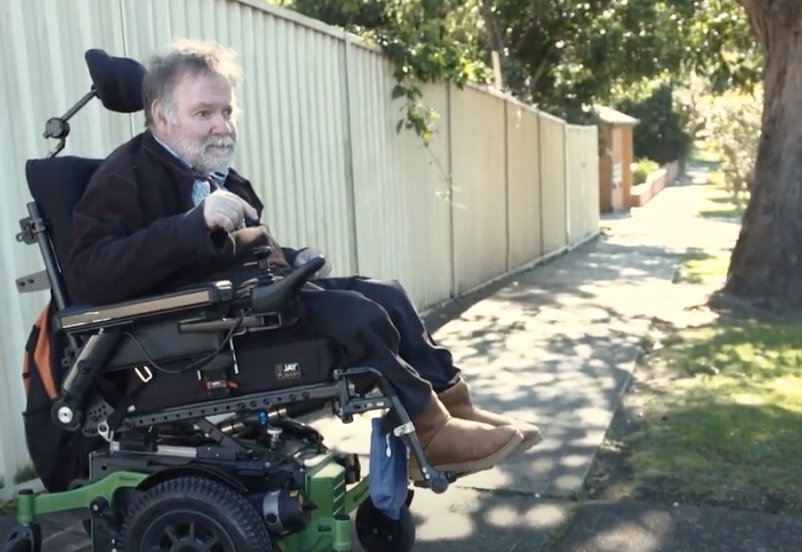
What is Spina Bifida?
Spina bifida occurs due to a birth defect where the spinal cord doesn’t close completely during the early stages of the pregnancy. When this happens, the bones of the spine are unable to effectively protect the spinal cord.
The result often causes damage to the spinal cord itself or damage to the nerves surrounding the spinal cord.
What Causes Spina Bifida?
Unfortunately, the causes of spina bifida are mostly unknown. We know that spina bifida occurs in the womb during pregnancy as a birth defect although it’s unclear which aspects of genetics or which environmental factors might be at play.
What Are The Symptoms Of Spina Bifida?
Depending on the size and location of the opening in the spinal cord, spina bifida causes a range of symptoms. Generally, spina bifida presents itself as physical and/or mental disabilities ranging from mild to severe.
Some common symptoms of spina bifida include:
- Inability to move the lower body due to paralysis and weakness of the spinal cord or its surrounding nerve endings
- Poor bowel and bladder control
- Skin issues
- Orthopaedic issues
- Learning disabilities
- Attention problems
- Other neurological complications
Since messages from the brain use the spinal cord to send signals to all the nerves in our body, spina bifida can affect pretty much every process controlled by our nervous system, depending on which area of the spinal cord was affected.
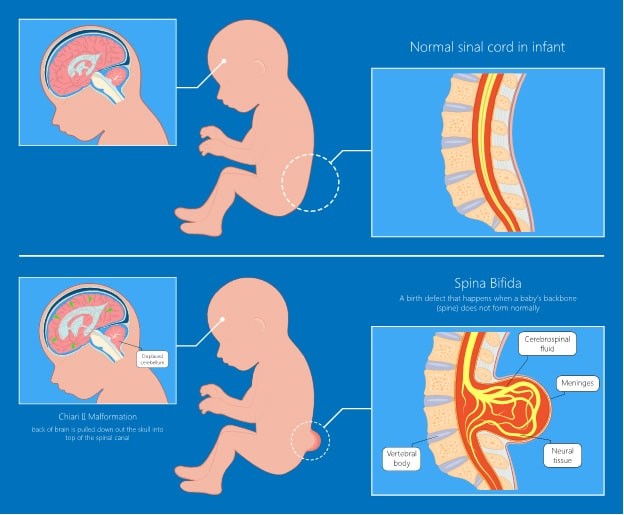
Meet Andrew: Spina bifida doesn't stop him from enjoying life to the fullest
Meet Andrew, one of the most charismatic, compelling, and positive people you will ever come across. Andrew was born with Spina Bifida 56 years ago.
His mother was told that Andrew would be lucky to make it past the age of 6. When Andrew received his NDIS plan, it was a life-changer for him.
Andrew is doing activities he never thought possible thanks to the supports funded in his NDIS plan. Andrew has been cruising around Australia, to even skiing and of course you'll' be able to witness here in his story throwing some serious left and right jabs with our Mobile & In-Home Exercise Physiologist Gabby.
Now driven to achieve more in life and with the help and support from Gaby and other supports, Andrew will continue to become more independent and a healthier version of himself.
Being unique is better than being perfect
Does spina bifida cause pain?
Yes, spina bifida often causes pain. However, the type of pain associated with spina bifida often varies. Pain experienced by those with spina bifida often include:
- Headaches caused by tension, migraines, Hydrocephalus or issues with a shunt
- Visceral pain associated with organ problems
- Age-related pain that is associated with degenerative conditions that affect the spine, joints or muscles
A slightly better way to put it is that spina bifida is often associated with pain that is sometimes related to other conditions. However, it is common for those with spina bifida to experience pain: acute, chronic or both at the same time.
What Are The Spina Bifida Classifications
There are a few different kinds of spina bifida that cause varying symptoms.
- Occult Spinal Dysraphism (OSD)
- Spina Bifida Occulta (SBO)
- Meningocele
- Myelomeningocele
Let’s break these down:
- **Occult Spinal Dysraphism (OSD)**Usually causes a dimple and red spots on the lower back, along with tufts of hair or small lumps
- Only a small spinal defect causes minor issues like skin conditions and issues with the tissue just below the skin
- If nerves were affected, OSD can also affect growth in children
- **Spina Bifida Occulta (SBO)**Not visible on the back and often referred to as “hidden” spina bifida
- Caused by a small gap in a few of the spinal vertebrae
- Occurs in about 15% of the population causing no symptoms
- However, if the nerves were affected, SBO can affect neurological symptoms
- Can cause what’s called a “tethered cord” if the spinal cord is pulled during growth
Meningocele - Occurs when the protective coating of the spinal cord, called meninges, protrude through an open part of the spine
- Nerve damage is uncommon
- Minor disabilities may be present
Myelomeningocele- The most severe classification of spina bifida, also known as myelodysplasia
- Occurs when the meninges and spinal nerves protrude through an open part of the spine
- Nerve damage and severe disabilities are common
- 90% of children with myelomeningocele also have hydrocephalus, or excess fluid in the brain with often requires surgery
- Issues with motor control, learning, and mobility may be present
What Are Medical Management Strategies for Spina Bifida?
A medical foundation underpins physiotherapy efforts:
Neurosurgical Interventions
- Lesion Closure: Performed in the newborn period to reduce infection risk.
- Ventriculoperitoneal (VP) Shunt: Manages hydrocephalus by diverting cerebrospinal fluid, requires lifelong monitoring for shunt function.
Urological Care
- Clean Intermittent Catheterisation (CIC): Prevents renal damage and urinary tract infections by scheduled bladder emptying.
- Pharmacotherapy: Anticholinergics to manage bladder overactivity.
Bowel Management
- Bowel Regimens: Include timed toileting, enemas or transanal irrigation to achieve continence.
- Dietary Adjustments: High-fibre intake and adequate hydration support regularity.
Skin Integrity Monitoring
- Pressure-Relief Cushions & Mattresses: Essential for wheelchair users and those with impaired sensation.
- Regular Skin Checks: Daily inspection by caregiver or therapist to detect early pressure areas.
For an overview of spina bifida management, see the Better Health Channel betterhealth.vic.gov.au.
What Are the Best Exercises for Spina Bifida Management?
Tailored exercise programs address muscle weakness, joint contractures and proprioceptive deficits:
Strength & Functional Mobility
- Supported Standing & Weightbearing: Use standing frames 20–30 minutes daily to promote bone density, hip alignment and trunk control.
- Theraband Hip Abduction/Extension: Side-lying or supine, 2–3×15 reps to strengthen gluteal muscles, improving pelvic stability.
- Knee Extension on Multi-Gym: Focus on quadriceps strengthening, essential for safe transfers and standing balance.
Balance & Coordination
- Seated Balance Drills: Reach-and-return tasks on therapy balls or tilt-boards for dynamic trunk control.
- Gait Training with Partial-Weightbearing: Harness-supported treadmill walking encourages reciprocal stepping and corrects gait deviations.
Flexibility & Contracture Prevention
- Passive Stretching: Daily hamstring and gastrocnemius stretches, 3×30 seconds, to maintain range of motion and prevent equinus foot posture.
- Serial Casting or Night Splints: Applied to ankles to reduce Achilles contracture risk.
Respiratory & Core Activation
- Diaphragmatic Breathing: Supine or seated breathing exercises to optimise lung volumes and trunk stability.
- Modified Planks & Bridges: For clients with truncal control, these build core endurance, supporting posture during transfers.
For tailored in-home exercise prescription, contact Physio Inq Mobile Physiotherapy.
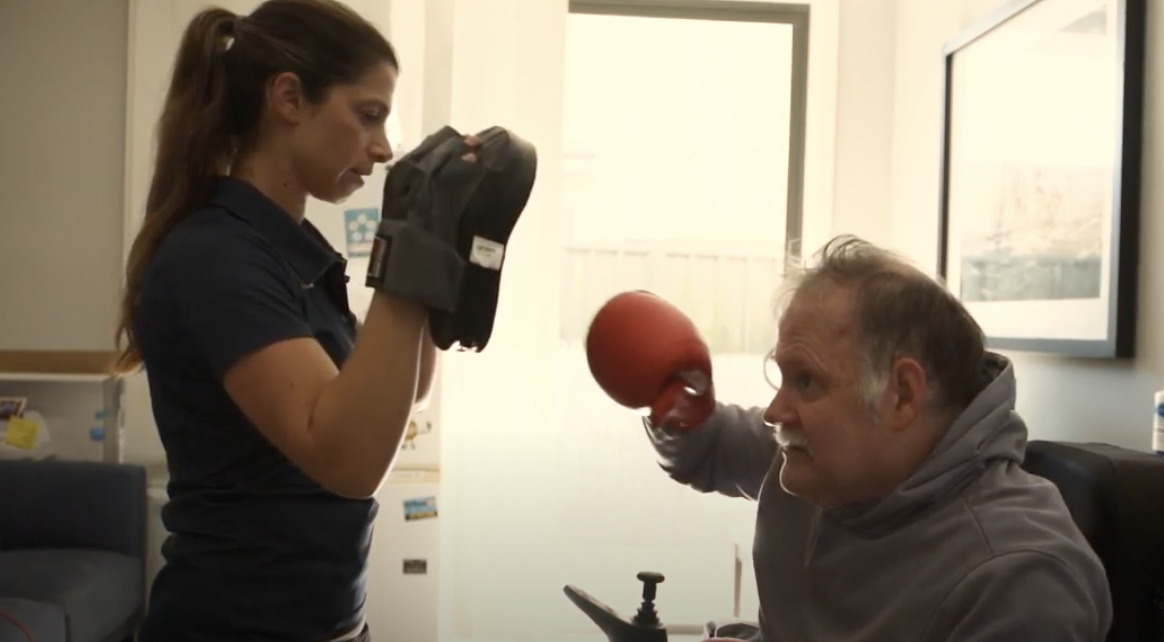
What Is The Best Treatment For Spina Bifida? | Spina Bifida Physiotherapy Management
Physiotherapy might not be the first treatment method you think of when it comes to spina bifida, but, in fact, physiotherapist management is an important health care partner for patients with spina bifida, as well as their family members and carers.
Physiotherapists can help children and adults with spina bifida by helping them gain and maintain mobility and overall, to function at their best throughout every stage of life
Physiotherapists will also work alongside your other healthcare providers such as orthopedists and occupational therapists for a more holistic treatment plan that expands into every aspect of your life.
What Is A Spina Bifida Physiotherapy Assessment?
When someone with spina bifida first begins working with a physiotherapist, an assessment might include:
- Asking about birth and developmental history to help get an understanding of where they might fall on a normal development progression
- When could they hold they head up, roll over, crawl, or walk?
- Asking about general health
- Have they been sick or in hospital? When was their last GP visit?
- Addressing parental concerns and about what the parents hope to accomplish in the treatment plan
- A physical examination to measure their height and weight, observe movements, balance, and coordination, and complete a tactile exam of muscle strength, flexibility, and tone
- A motor skills examination to test motor development while sitting, crawling, walking, and hand use. The exam might also look at vision, language skills, and other developmental milestones
Spina Bifida Treatment with Physiotherapy
Once you have completed an assessment as part of your spina bifida physiotherapy management, a customised treatment plan can begin either at a clinic or on the go, bringing mobile physio services to you at home or at school.
Some physiotherapy spina bifida treatment plans include:
- Infant positioning needs
- Parent and family education during infancy
- Early intervention to provide physiotherapy techniques to encourage the healthy development of strength, balance, and motor skills while teaching parents to incorporate these techniques into their daily lives
- School-based physiotherapy to work with children with spina bifida on school-related motor skills and tools to help with any neurological deficiencies
- Providing the appropriate equipment to help children and adults with spina bifida including braces, walkers, and wheelchairs
- Prevention of other possible issues including obesity through the encouragement of fitness-based activities to promote long-term health and wellbeing
Again, your physiotherapist will often work in tandem with other healthcare providers to take a holistic approach to spina bifida treatment. And, just as important as working with the patient is educating the parents and carers as well, an important part of the process that physiotherapists can also provide.
How to Find a Spina Bifida Physiotherapist
When it comes to spina bifida physiotherapy management to help treat spina bifida, there are few things to keep in mind.
- Choose a physio with experience in paediatrics or developmental disorders.
- Go with a board-certified physio that you know you can trust.
- Make sure the physio you choose is comfortable working with other healthcare professionals to be sure all of your child’s doctors are on the same page.
- Get recommendations from friends and family to help make your decision.
- Start with a physiotherapy consultation to see what they can offer.
- Go to a clinic that’s convenient for you, whether it’s on your way home from picking up the kids at school or they offer mobile services that come to you.
Frequently Asked Questions
Q1: What is the best exercise for spina bifida?
Gradual, supported weightbearing—standing frame use, gait training with harness support, and targeted strengthening of hip abductors and core muscles yield the best functional gains.
Q2: What is the most appropriate medical management for clients with spina bifida?
Surgical lesion closure at birth, VP shunt for hydrocephalus, clean intermittent catheterisation for bladder care, and regular skin and orthopaedic surveillance form the medical backbone.
Q3: What is orthopaedic management of spina bifida?
Includes tendon transfers, osteotomies for hip subluxation, serial casting for foot deformities, AFO prescription and scoliosis bracing or fusion when indicated.
Q4: What is the best treatment for spina bifida?
A lifelong, multidisciplinary program integrating neurosurgery, physiotherapy, occupational therapy, exercise physiology, orthopaedics and psychosocial support tailored to individual goals.
Spina bifida presents lifelong challenges but, with early intervention and multidisciplinary management, individuals achieve greater independence, mobility and quality of life. Physiotherapy lies at the heart, facilitating strength, functional mobility and prevention of secondary complications.
At Physio Inq, our team of experienced therapists can provide specialized care and support for individuals with Spina Bifida, and if you are on an NDIS plan, you can access our services to help live as independently as possible. :
If you or a loved one has Spina Bifida, don't hesitate to contact Physio Inq today to learn more about our services and how we can help or alternatively you can call our support team on 1300 731 733.
Date Published: Monday, November 15, 2021
Locate a Physiotherapy
Service Near me
Get the experience & convinence you deserve to support your or a loved one's allied health needs.
Our Physiotherapy team are currently serving & taking appointments in the following states and regions in Australia:
Need to get into direct contact with ur Client Services team? We're all ears. Call our team directly on 1300 731 733
